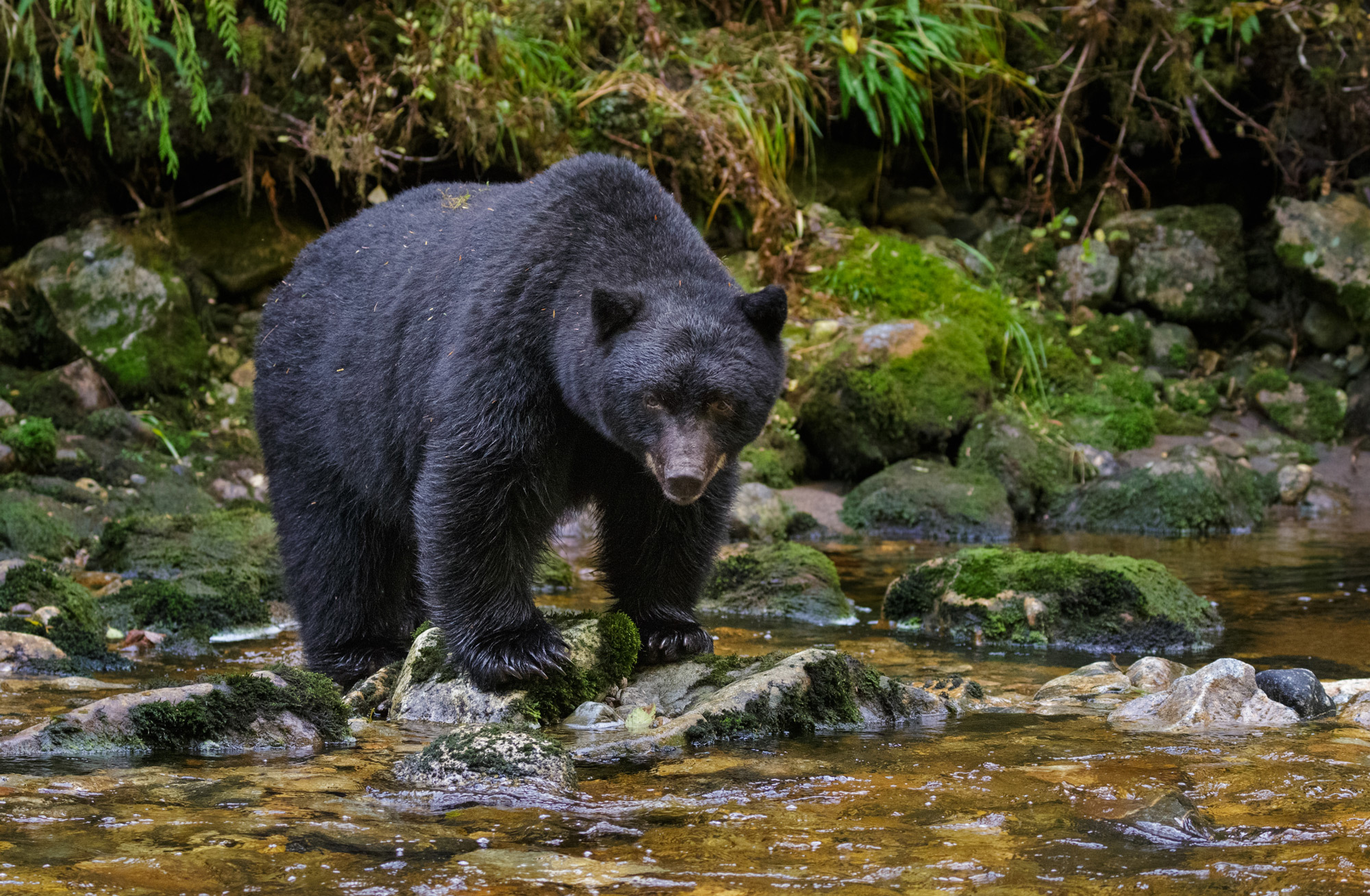Bear
Bears have been an integral presence in the landscapes of Alberta for millennia. These majestic creatures are not only ecological keystones but also hold profound cultural and spiritual significance, especially among Indigenous communities. From reverence in rituals to roles in sustenance, bears have a multifaceted relationship with the people of Alberta.

More on Bear
About
Alberta is home to two primary species of bears:
- Black Bear (Ursus americanus): The most widespread in Alberta, black bears can vary in colour from classic black to shades of brown.
- Grizzly Bear (Ursus arctos horribilis): Recognizable by their distinct shoulder hump and dish-faced profile, grizzlies inhabit the mountainous and foothill regions of Alberta.
History
For Indigenous peoples in Alberta, bears are more than just animals; they are deeply woven into the cultural and spiritual fabric of their communities. Historically, bears have been respected as powerful beings possessing both physical strength and spiritual might. Many Indigenous stories and histories feature bears, portraying them as teachers, warriors, or guides. They are also seen as protectors, with some tribes believing that the spirits of bears watch over the land and its inhabitants.
The relationship between bears and Indigenous communities is also manifested in rituals and ceremonies. Items such as bear claws and skins have been used in ceremonial regalia, while bear motifs are common in Indigenous art.
Ways To Cook
Bears have historically provided sustenance to many Indigenous communities, and their meat is prized for its unique flavour profile. Bear meat is rich and gamey, often compared to a blend of beef and pork but with a distinct wild note. Due to concerns about trichinosis, it's essential to cook bear meat thoroughly, as one would pork for the same reason. Slow roasting, braising, and stewing are popular methods, often incorporating indigenous herbs and ingredients to complement the meat's richness.
Bear grease is another valuable culinary component. Rendered down, it produces a clear oil that has been used in cooking as well as in traditional medicinal salves and ointments.
In contemporary Alberta, while some still hunt bear for food—always adhering to hunting regulations and seasons—there's also an emphasis on conservation, understanding the ecological importance of bears, and fostering harmonious human-bear coexistence.
